Ficus is a common plant that will interest lovers of non-flowering indoor plants. Rubber ficus grows only upward and almost does not shrub, therefore, pruning is necessary to form a beautiful shape. In addition, this process contributes to an increase in the number of leaves, which gives the flower a more attractive appearance. Trimming is a time-consuming process that requires knowledge and skills.
Content
General information about rubbery ficus and the need for pruning
Ficus rubbery native to the rainforests of India and Indonesia. Belongs to the Mulberry family. In its natural habitat, it is an evergreen tree reaching 40 m in height. The leaves of the tree are oval, elongated, pointed ends. The surface of the leaves is shiny, covered with skin, color deep green. Leaves grow up to 30 cm in length and are attached to the trunk with a long stalk.
In the place of attachment of the leaf, small round fruits of green color are formed. Young leaves are brown in color with a pinkish tinge, and with age they become dark green. This type of ficus is known for producing rubber from it, which is used in construction and industry. In India, a tree is used to create hanging bridges.
The most famous decorative varieties include Decora, whose young leaves have a bronze hue, and Doescheri - with a variegated color of leaves.
In indoor conditions, the tree reaches several meters in height. When in good conditions with high humidity, air roots begin to grow from the trunk, which eventually descend to the ground, germinate and form additional trunks. At home, ficus is not a color, but in greenhouses flowers may appear only in mature and old specimens.
There are two types of buds on the flower, from which new shoots grow - apical and lateral. Apical growth is achieved through the formation of new leaves from the top of the plant. Lateral - due to the formation of new leaves from the place of attachment of leaves to the stem. In this species, apical growth significantly prevails over lateral, which leads to the rapid growth of the flower in height and the expenditure of all forces on this process.
As a result of this, lateral growth is very slow, and the plant does not have enough leaves. Trimming contributes to the redistribution of forces and growth in a lateral way, thanks to which it is possible to obtain a beautiful ficus shape.
Plant-safe pruning rules
First of all, in order to prune the maximum benefit and not harm the flower, you need to use a sharp disinfected knife or pruner, scissors are suitable for thin branches. For cleavage, it is necessary to retreat 10-15 cm from the top, that is, approximately 3-4 sheets.
In addition, experts recommend using gloves and glasses when cutting ficus, as milk juice contains toxins that can trigger the development of an allergic reaction. Pruning is best done in the spring, when the plant begins the phase of active growth. It is during this period that you can get the maximum result.
Experienced flower growers recommend that manipulations be performed when the flower reaches a height of 70 cm. It must be remembered that removing most of the stem can cause the plant to stop growing and remain the same size.
Methods of forming a crown of rubbery ficus
Ficus can be given a different shape. Her choice depends on aesthetic preferences, as well as on the size of the tree.
Stamp
The stalk of the plant is exposed in the lower part from excess leaves and young shoots. If the flower pot is standing on the window, bare about 40 cm, and if on the floor - 90 cm. 10 cm is cut off at the top of the flower. Due to this, growth is stopped upward, accelerating lateral.
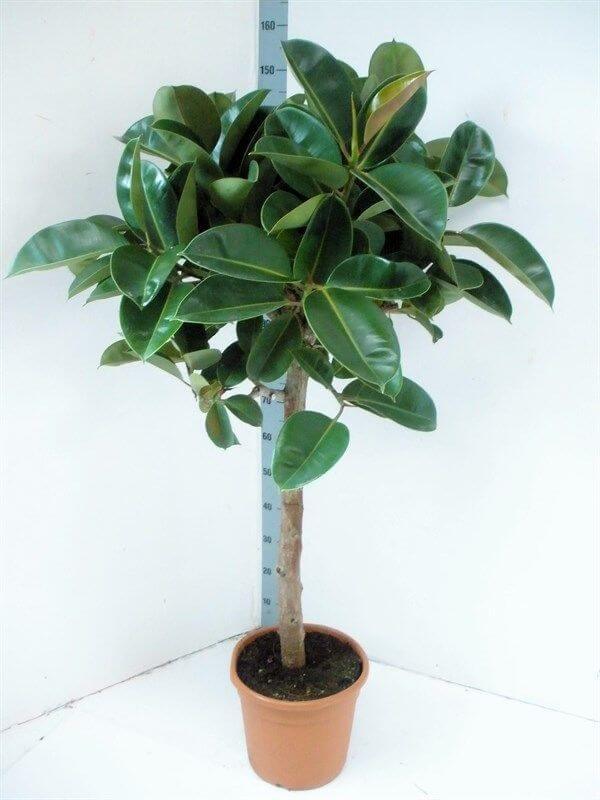
Having chosen the necessary height, pinch the lateral branches from the side of the external bud so that the growth is parallel to the stem and the ficus branches to the sides. Thus, the standard type of crown is obtained.
Bush
The crown crown can be formed in several ways. In the first method, the flower is allowed to grow to 80 cm, after which 10-15 cm of the top is cut. The lateral shoots need to be pinched if they have reached 10 cm. Trimming the stem promotes the growth of the lateral part, due to which the lateral part grows intensively, forming a voluminous crown.
When using the second method, the plant is provided with constant increased humidity. As a result, aerial roots are formed on the stem, which are sent to the substrate. After the roots sprout and take root, they take the form of a banyan tree. Regularly prune excess roots and branches.
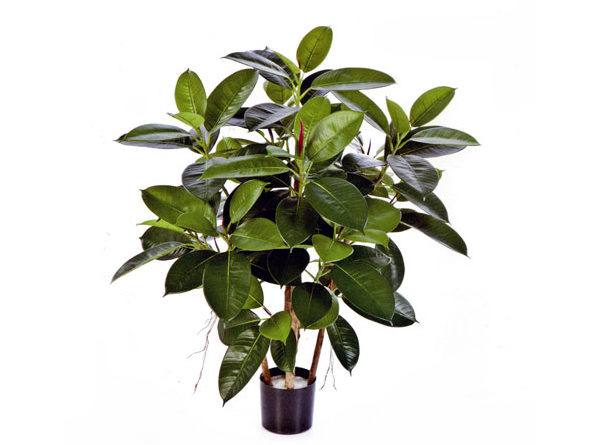
Arc
First of all, for the formation of an arc, it is necessary to let the plant grow to the required height, after which the top of the tree is cut. Thus, all forces will be directed to the growth of the plant in the lateral direction.
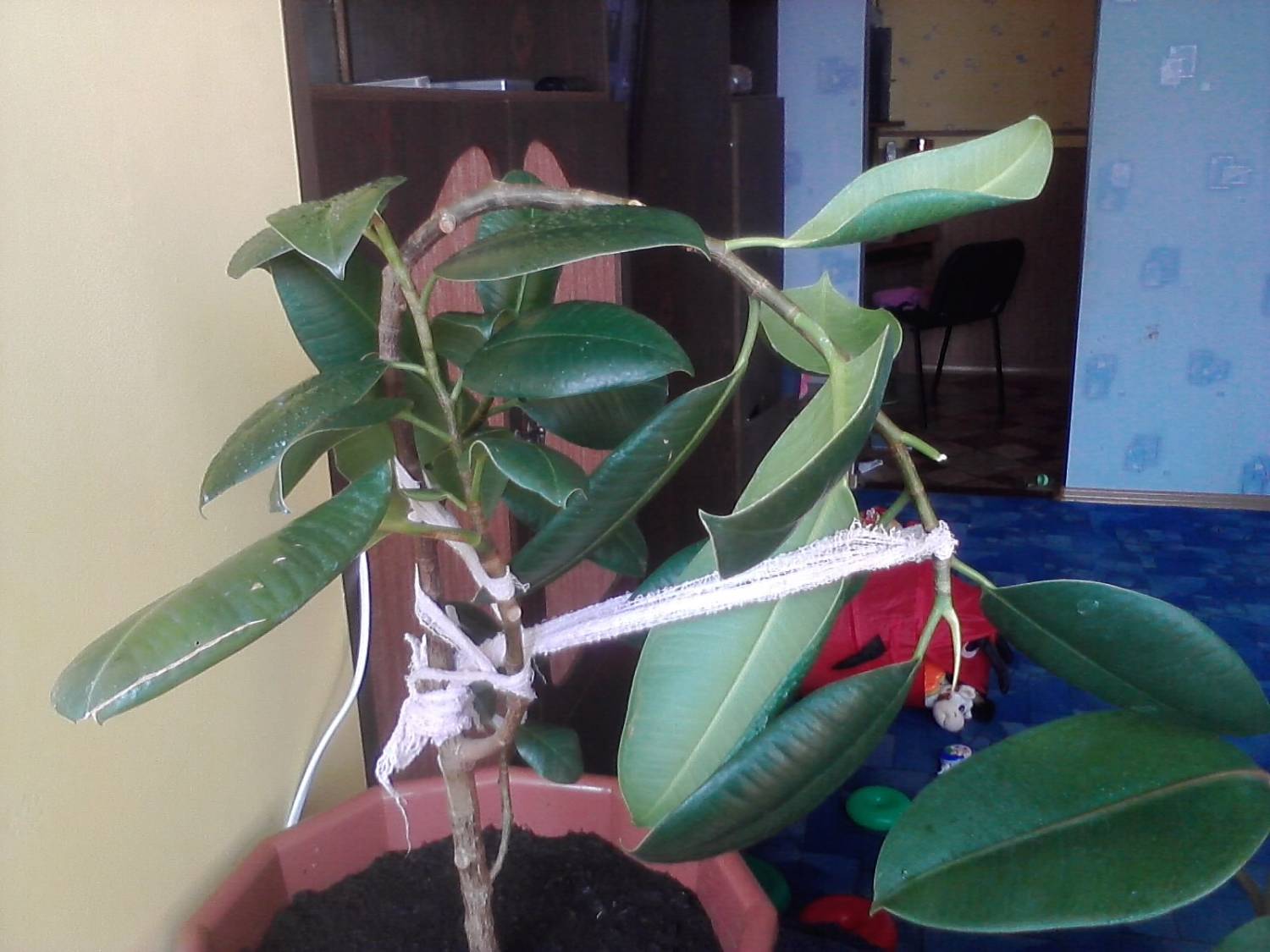
In order to get a voluminous crown with arched edges, you need to bend and fix the side shoots. In this position, the outer buds of the upper part of the stem are activated and begin to grow actively. Fixation from shoots is removed after the plant has acquired the desired size and shape.
Spiral
The essence of the method is to secure the support in the pot, it can be a rod or a stick. Around the support they wrap around the stem of the plant, having previously released its lower part from leaves and shoots in order to better see the result.
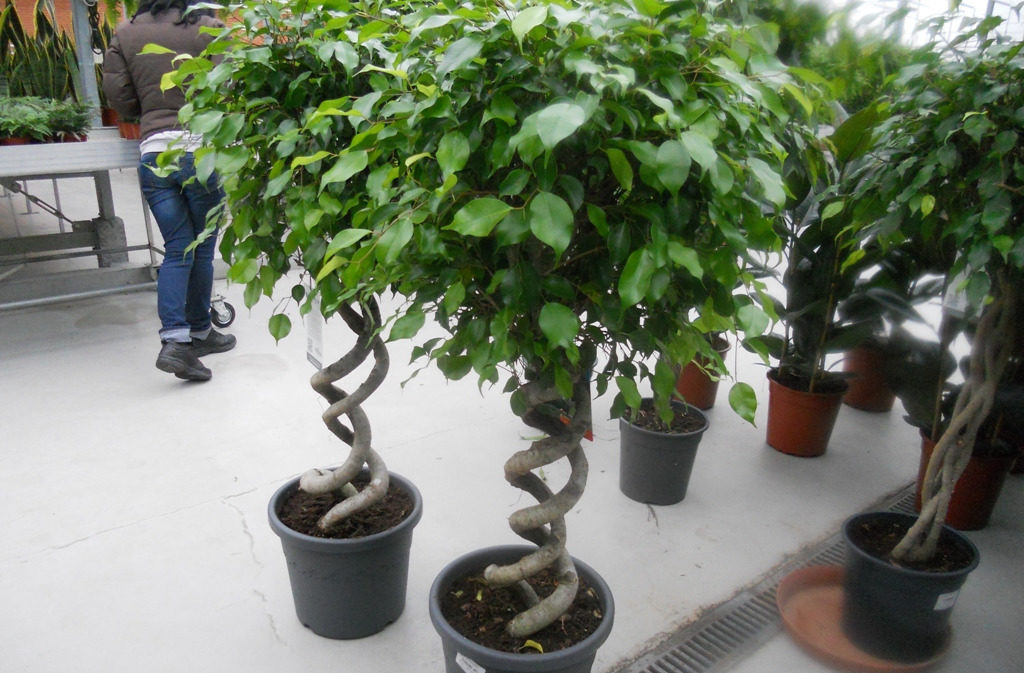
The entwined stem is firmly tied to the support. At the same time, the side branches and shoots are constantly cut so that they do not stick out.
Scythe
The shape of the braid is formed when the plant is still young. Dimensions should not exceed 15-18 cm. For this, it is necessary to plant 3 young shoots in one pot and wait until each of them grows to a height of 18 cm.
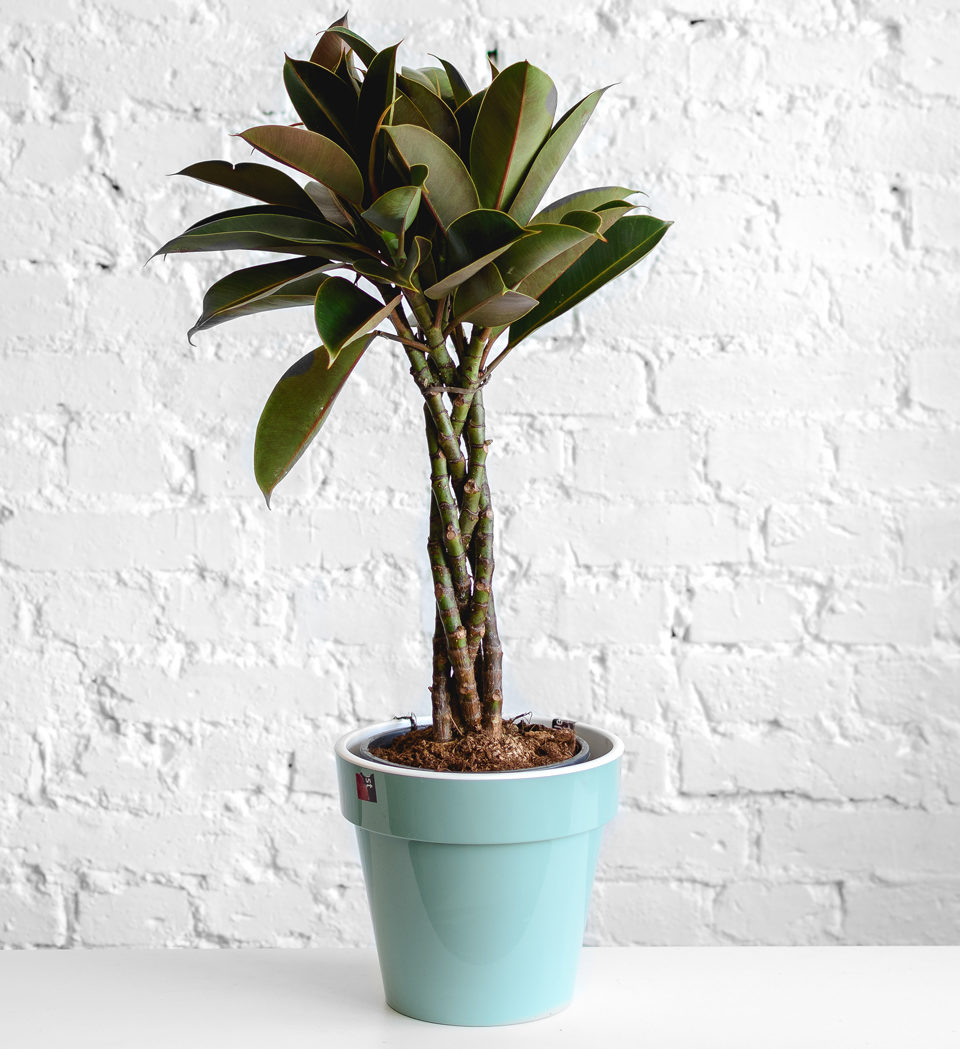
After this, the stems begin to weave in the form of a braid, securing with fishing line and thread. The upper layer of the skin is completely removed from the interlaced parts of the stem, and the released juice is removed. The stem is fixed as it grows.
Fence
To form a fence or hedge, the plant must be trimmed. Cut off shoots are stored and rooted in a large shallow container, preferably a box, in one row. In growing young plants, the upper layer of the bark is cut off, the released juice is wiped and the stems are connected, connecting them together. The rate of fusion of the stems depends on the amount of light in the room.
Crown formation without leaf cutting
The desired shape can be formed without cropping. In order to weaken the growth of the kidney, it is necessary to make a vertical deep incision above it and remove the bark around the incision. This method is called kerbovka. Plant hormones, cytokines, which affect lateral growth acceleration, can also be used.
It is best for young plants to form a crown without pruning, as they are flexible and will not break, unlike mature ones. To create a uniform crown, it is recommended to periodically turn the tree in relation to the light.
Care after trimming
There are a number of rules that must be followed in order for the process of flower formation to be successful:
- When cutting, you can not leave hemp, as they become foci of the development of fungal and bacterial diseases.
- After pruning, milky juice begins to stand out from the plant, which must be wiped off immediately, and sprinkled with chopped charcoal or any fungicide.
- Ficus can be fertilized after trimming once a month.
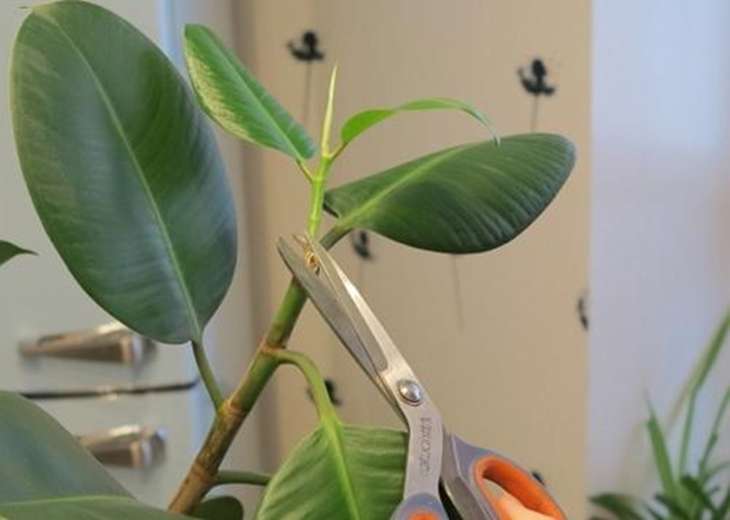
Ficus pruning process - In addition, after pruning, you need to regularly wipe the leaves from dust in order to reduce the risk of plant infection.
- A month after the procedure, when the places of the slices completely heal, and the lateral parts begin to grow actively, the flower can be transplanted, and the upper layer of the substrate can be changed for mature plants. Experts recommend using the transshipment method in order to minimize the risk of trauma to the root system during transplantation.
Common Growing Questions
Ficus is a popular evergreen plant that grows up to several meters at home. Trimming ficus is carried out in order to give it a beautiful decorative shape and stimulate growth.

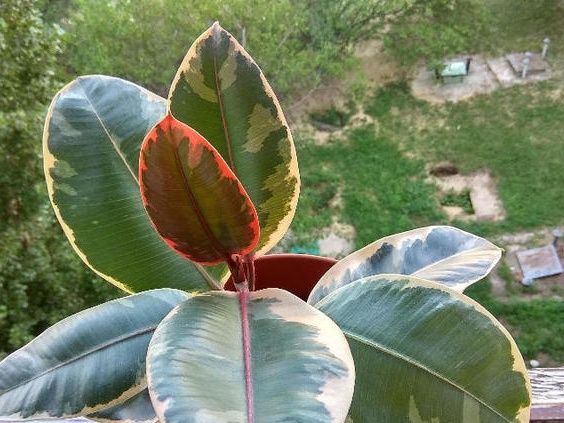
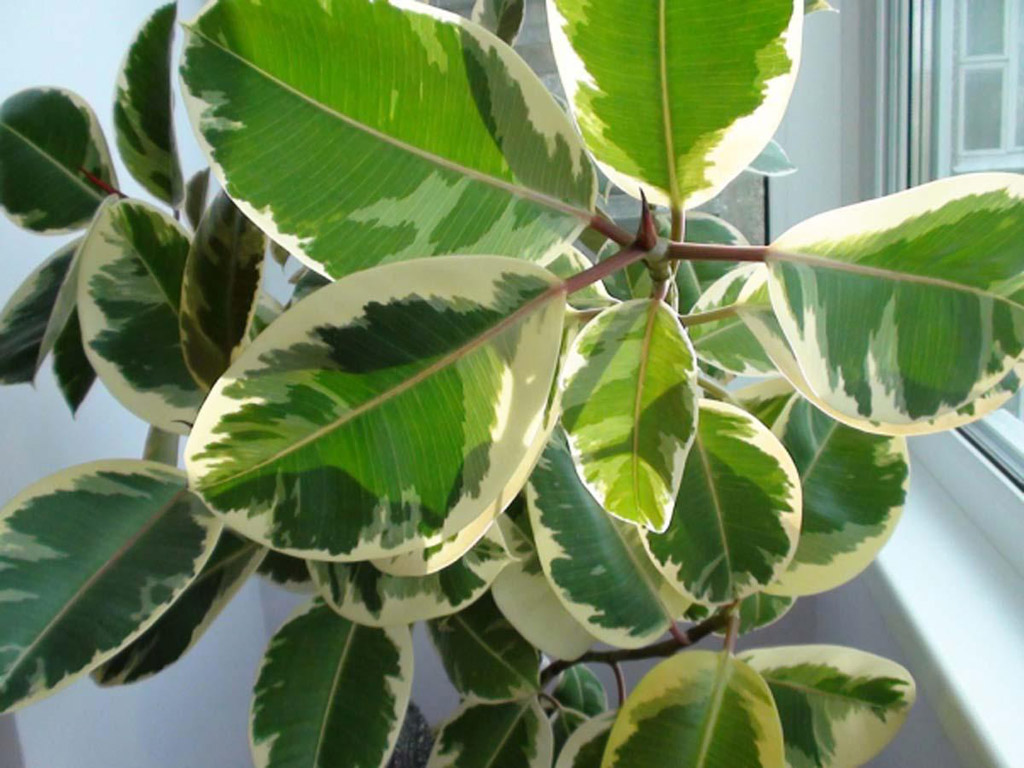
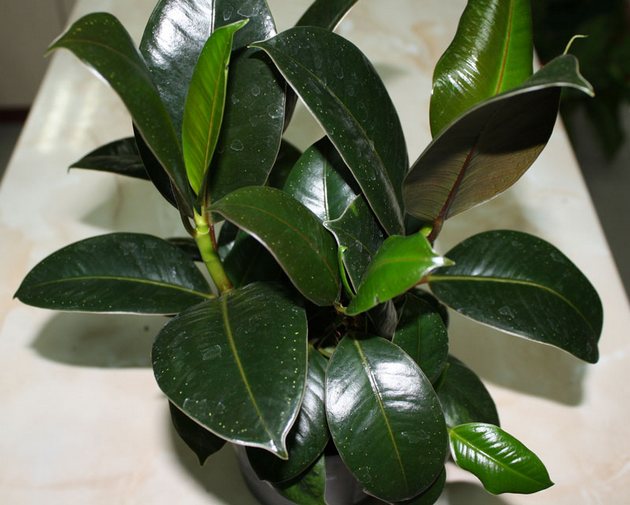
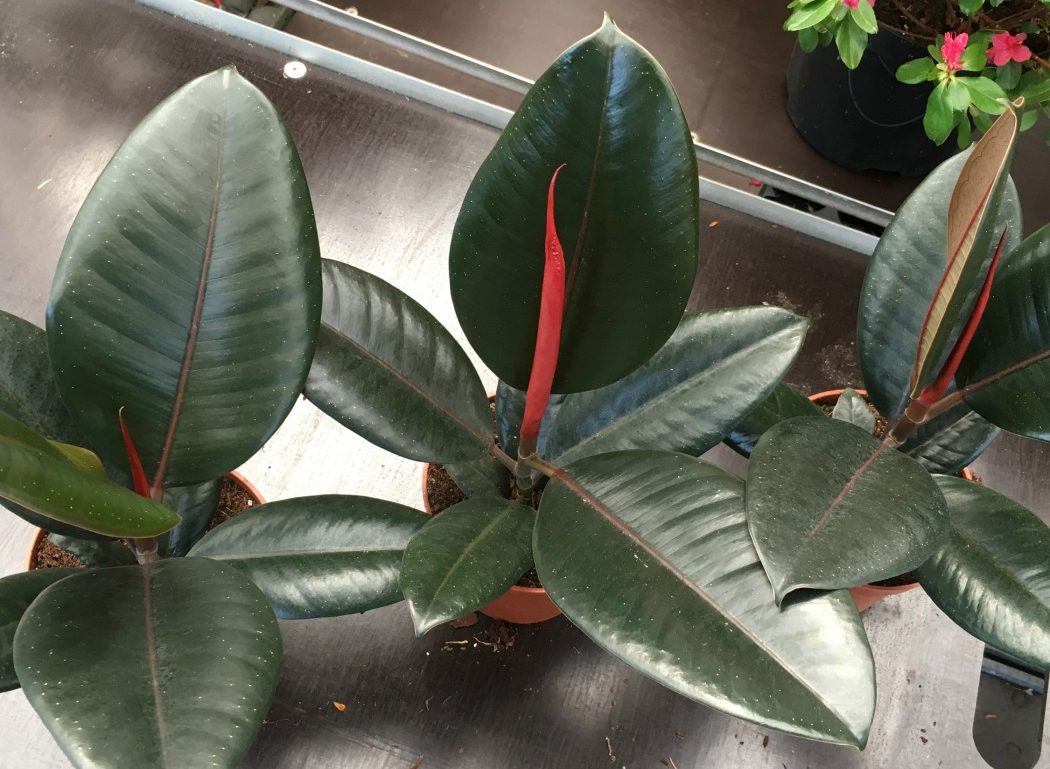
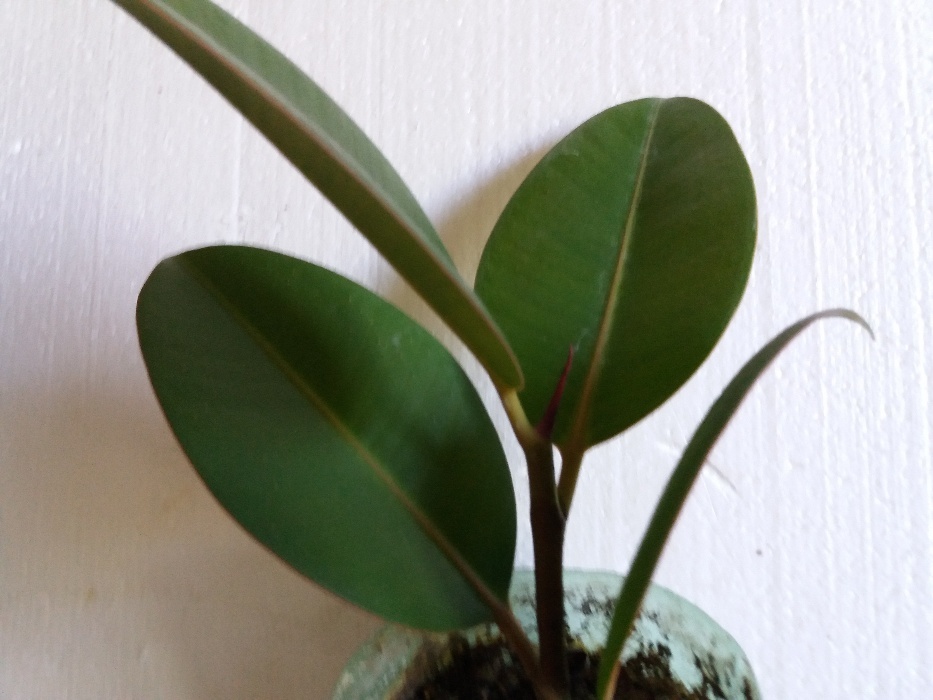
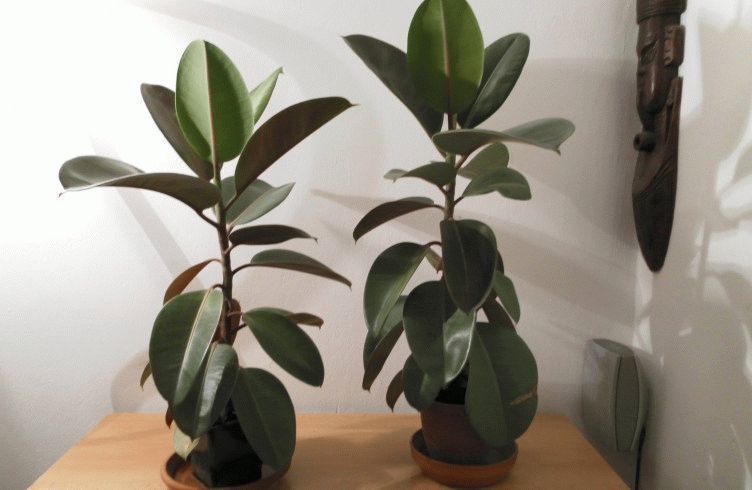



 Sow in the ground, without seedlings: 10 beautiful and unpretentious flowers
Sow in the ground, without seedlings: 10 beautiful and unpretentious flowers Platicodon planting and outdoor care
Platicodon planting and outdoor care Hosta - planting and care in the open ground in the Urals
Hosta - planting and care in the open ground in the Urals Oleander - care and growing at home
Oleander - care and growing at home